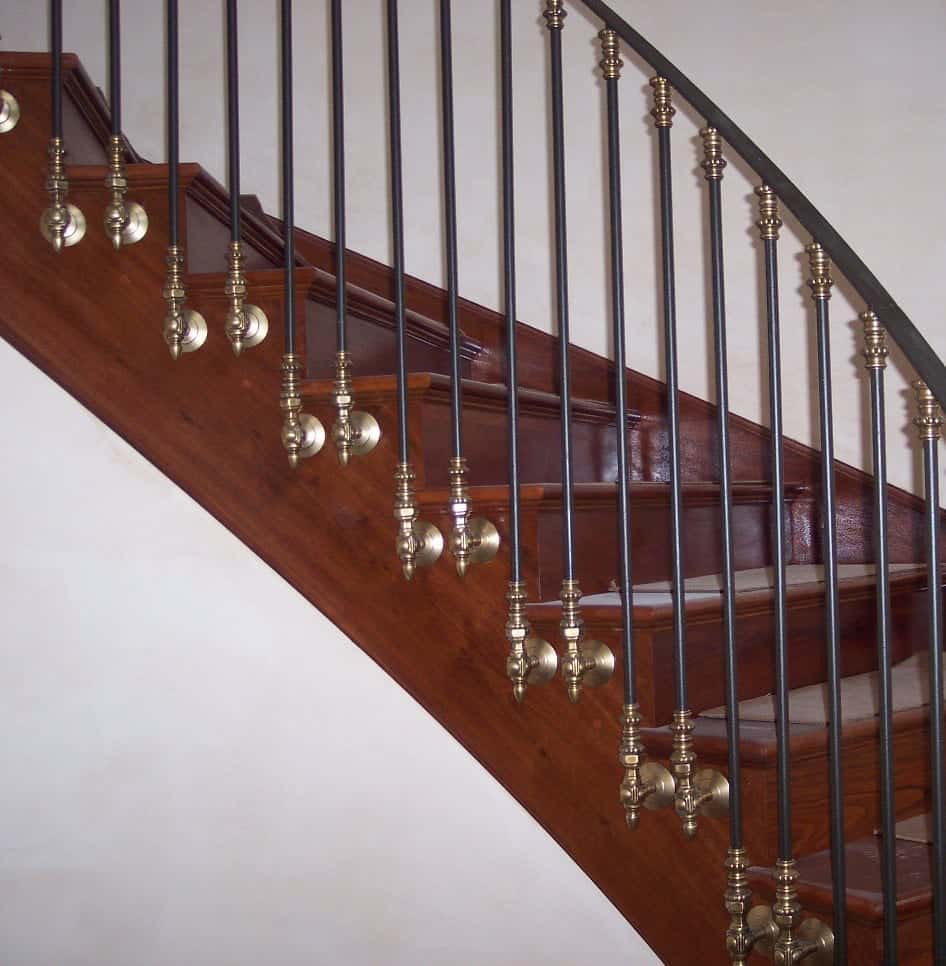
DJA provides inspiration for your designs and supplies top quality components. We can recommend highly skilled fabricators who use our components. Customers can also specify DJA specific components or designs to their fabricator or contractor.
You have built a top-notch gate and your client is thrilled. But how often have you struggled to properly align it during installation? A pedestrian gate might look uneven in the opening, or the two sides of a driveway swing gate just “look a little off”. Over time, heavier gates might even shift or sag. If you are using traditional pin hinges, you’re often looking at the daunting and time-consuming prospect of removing the gate, cutting and rewelding hinges, and repainting. Nobody wants that.
That’s where adjustable hinges come in. Regardless of gate material, weight or setup, there are options for you. But all these options can be a bit tricky to choose the “right” one. We’ll break down the main features of adjustable hinges and highlight what to consider for your next project.
Compared to needing a truck, crew, welding equipment, paint and hours of work, you’ll never need more than an allen key and adjustable wrench with today’s adjustable hinges. It’s never been easier.
Regardless of the adjustment type, you need a durable and reliable way to keep things in place. Many models feature serrated washers and U-clamp surfaces, so that the grooves lock in to place to prevent sliding. This is a great feature that we’ve seen deployed on thousands of gates large and small. For heavier load capacity designs, this design is supplemented with set screw limit stops.
For up/down adjustments, designs often incorporate a set screw, such as barrel hinges.
Many adjustable hinges feature various configurations of durable steel bearings to handle heavier load capacities. Straight bearings, tapered bearings, or sometimes both, can be found in hinge designs. Others include sealed bearings for the ultimate maintenance-free experience (see next section).
With constant exposure to the outdoor elements and a few more moving (or movable) parts, adjustable hinges come in either zinc-plated steel or stainless steel to prevent rust. Any internal pins or bushings are typically stainless steel or brass.
As we mentioned before, some models have sealed bearings for the ultimate maintenance-free option. Others will have an easily accessible grease fitting.
In the below YouTube playlist from the D.J.A. channel, veteran fabricator Joe Pietrocola reviews these features and the different configurations:
There are a few more things to consider when selecting the right adjustable hinges for your application, but we’ll break them down here for easy reference.
Just like traditional non-adjustable hinges, your hinge setup must support the expected load of your gate, not just the weight. The length and height of your gate will greatly affect whether the weight can be supported by a particular hinge. This is known as the Reaction Load in physics. And if your gate’s weight isn’t uniformly distributed, it can get a little complicated. Luckily, most gates have uniformly distributed weight and it is always a good idea to jump to the next larger size if you are close to a hinge’s rated capacity.
Of course, you’ll always have more than one hinge, so it is important to consider the set’s load capacity. We recommend a two-hinge configuration for adjustable hinges and we provide paired sets with easy-to-follow reference tables to pick the right size for your application.

Models can come with one, two or even three dimensions of adjustment:
And, if you need more tolerance, some models feature a ball joint hinge that can typically handle up to 5-degree offsets.
Regardless of your gate’s material, there are a ton of options available. Here are a few things to consider as you evaluate them:
Weld to the gate if you can. With a steel gate, being able to weld to the hinge will give you the most product and configuration options along with reaching the highest weight capacities. And, since they’re adjustable, you won’t have to worry about fine-tuning things during installation.
If welding isn’t an option, bolt options are available. This is a great choice for wood, aluminum, or PVC gates.

On the support structure side, you have welding, mounting, bolting, or casting options available, depending on the support material such as steel, or masonry.
Once you know your required load capacity, adjustment level preference, and mounting options, evaluate the remaining top and bottom hinge configurations, which fall into three categories:
Double Side Mount
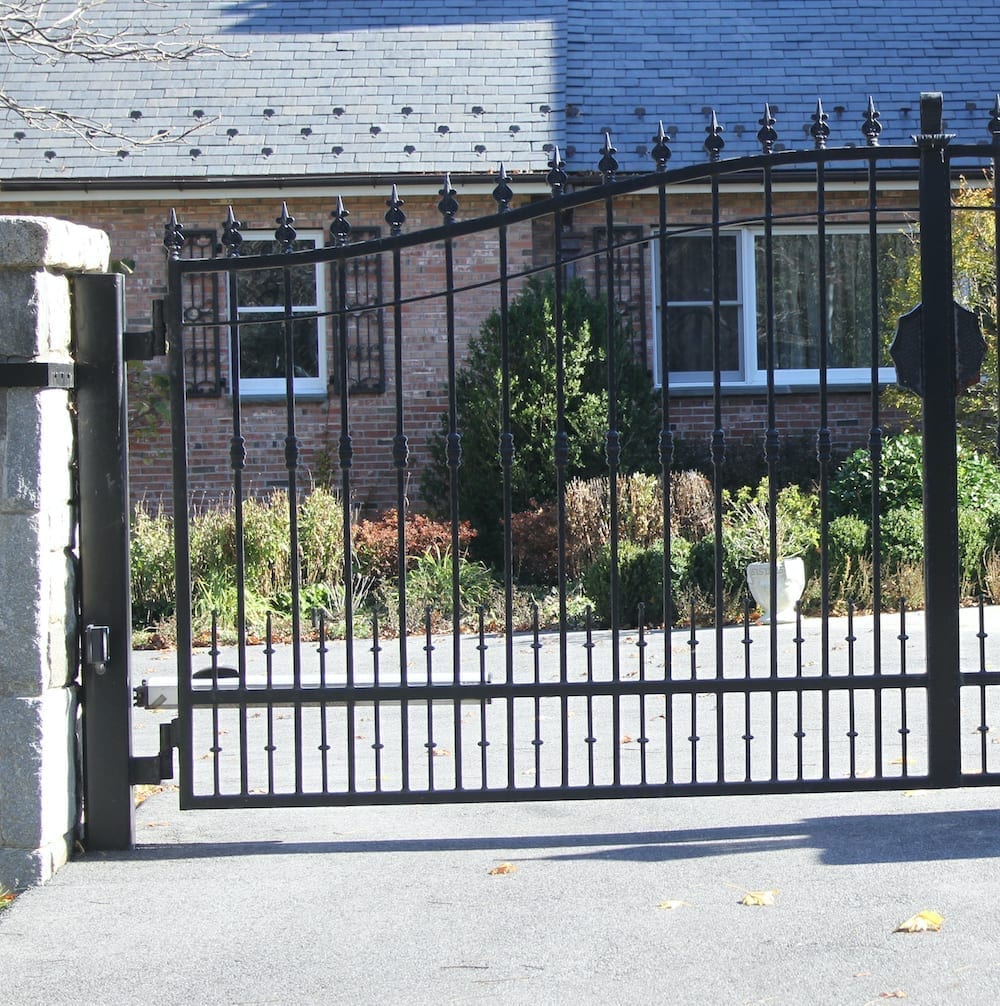
Side Mount with Bottom Pivot
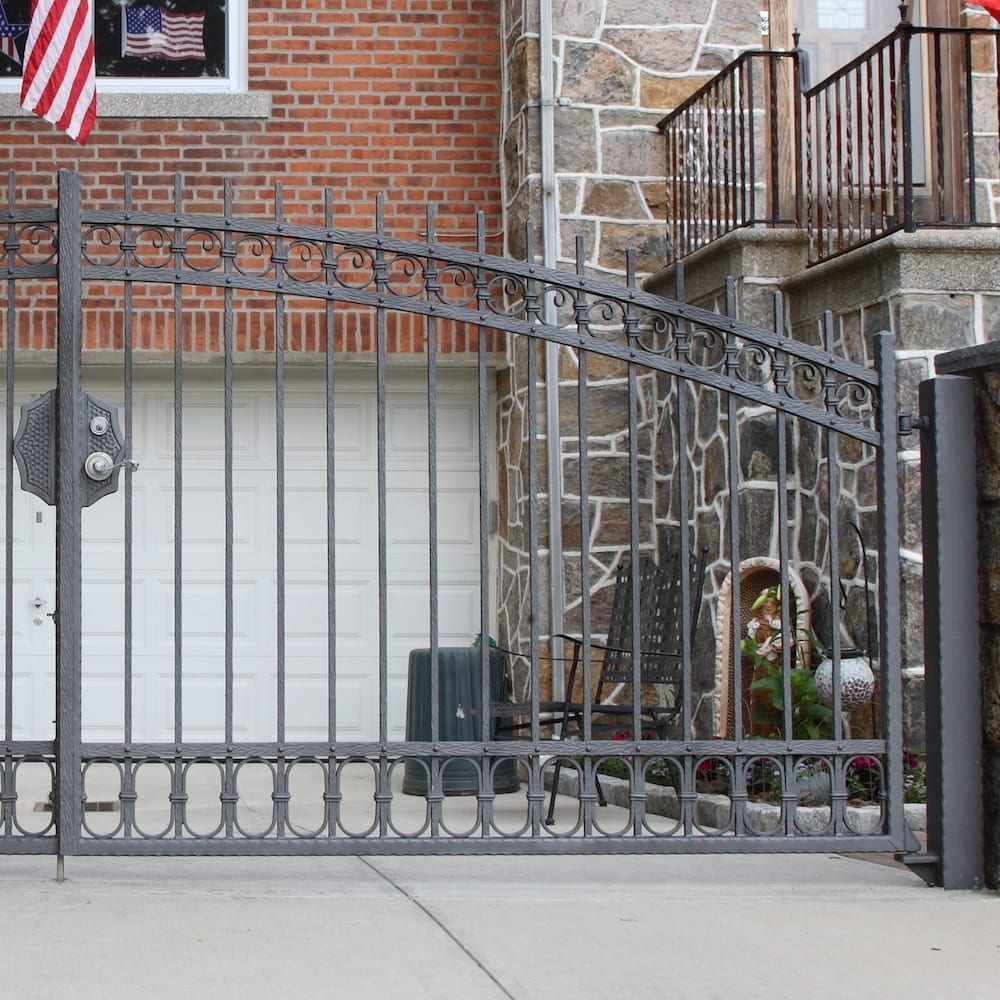
Side Mount with Bottom Support
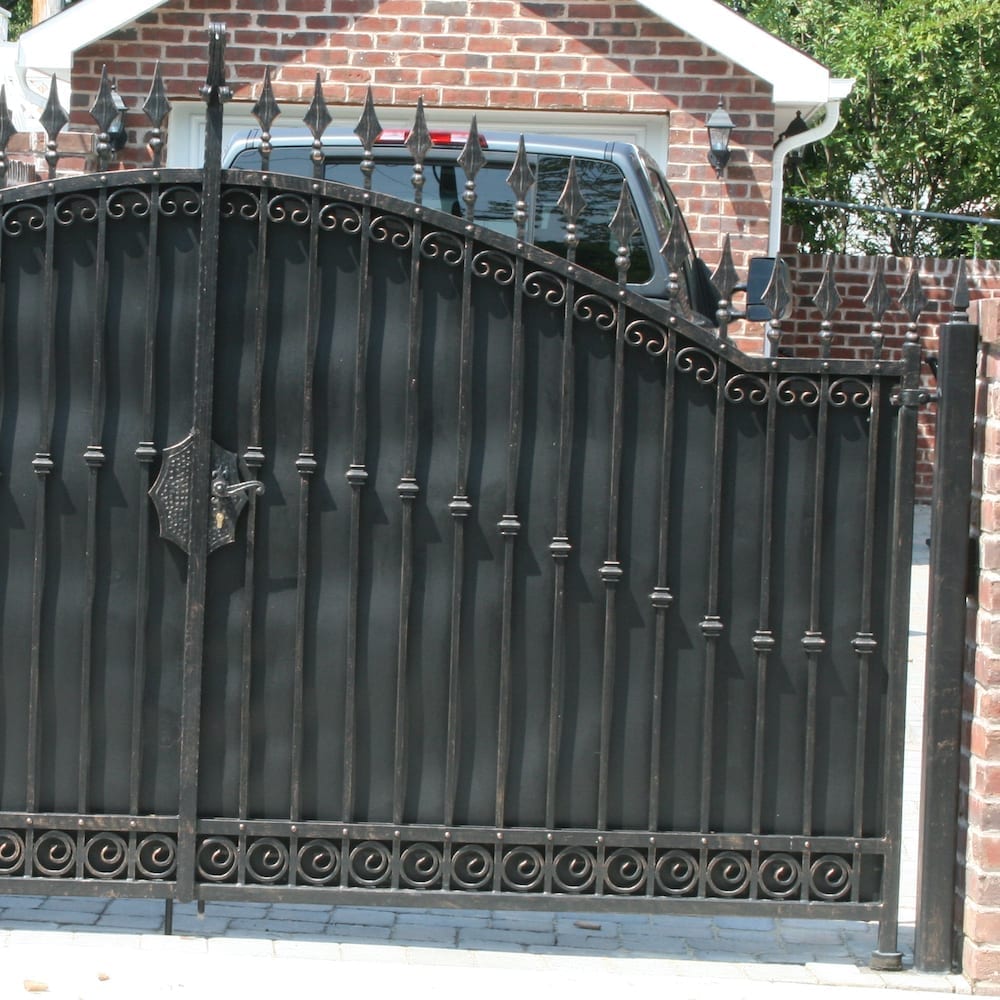
Each configuration will affect your level of adjustment and the spacing requirements between the gate and support structure.
If you’re ready to try adjustable hinges in your next project, we recommend checking out our handy configuration guide to filter down your options. We have curated an extensive pairing of hinges to meet any project needs. Need additional specifications and technical data, refer to our Knowledge Center and Technical Data pages.
As always, our experienced staff is ready to help you select the best fit for your project. Email or call us today.
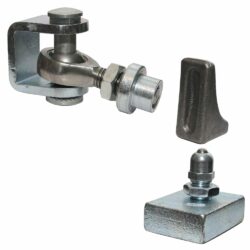
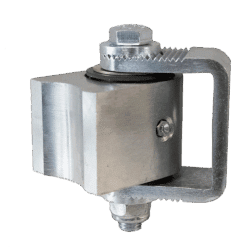
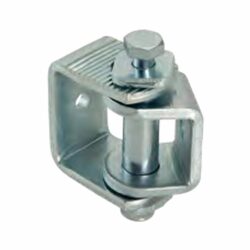
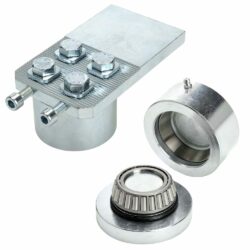

DJA provides inspiration for your designs and supplies top quality components. We can recommend highly skilled fabricators who use our components. Customers can also specify DJA specific components or designs to their fabricator or contractor.